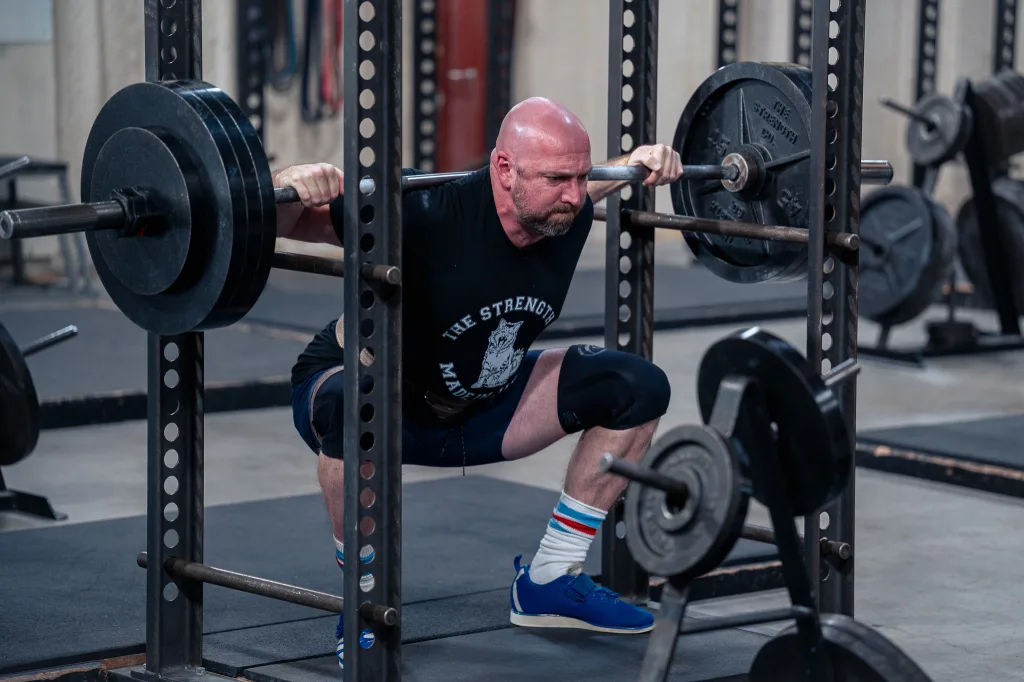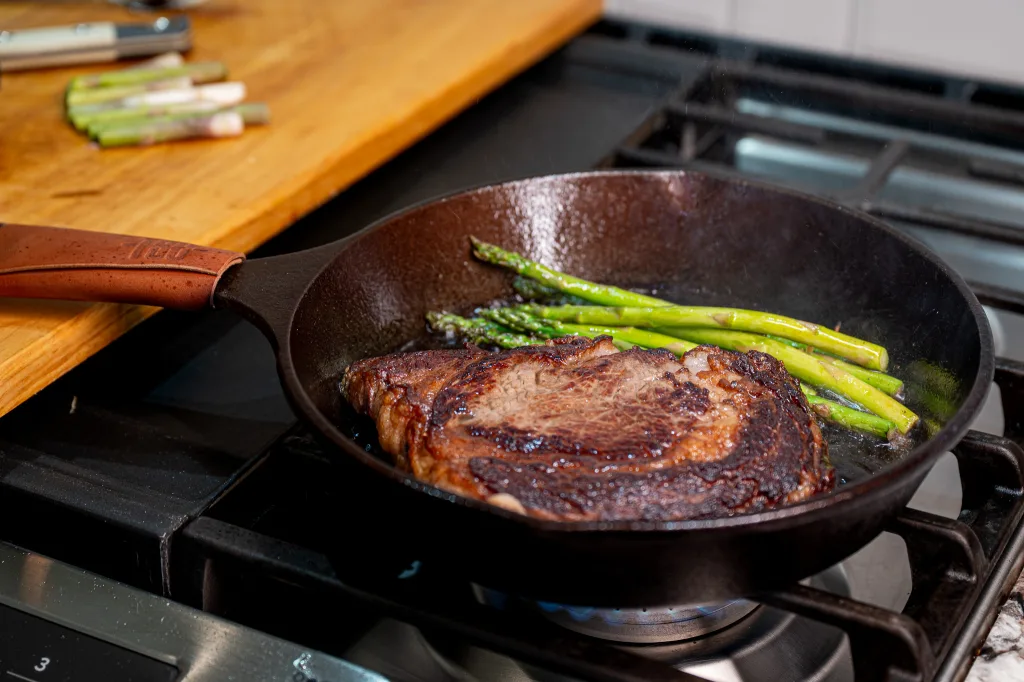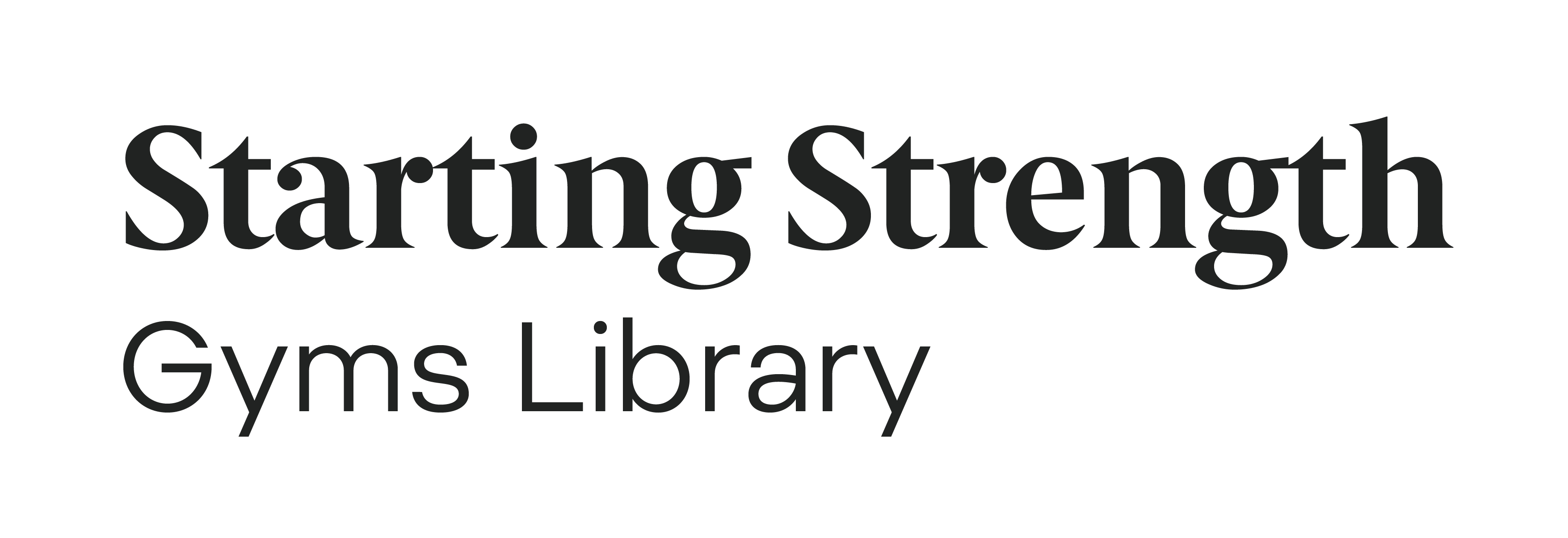Aaron Frederick, SSC
Fat loss, muscle gain, and building the right house.

There is a plethora of inaccurate online information, mostly about losing fat or gaining muscle. These two processes are far simpler than the Internet would have you believe. Mind you, simple does not mean easy. Most of the advice you will find on the subject provides overly complex, hyper-specific solutions to sell you on their process. They usually cite things such as six weeks of progress or, in a few cases, 12 weeks of progress from previous clients. It’s essential to understand first that anything that can be done in 6 or 12 weeks can be undone in the same amount of time by simply stopping whatever you were doing for those 6 or 12 weeks. This process is not quick. A person does not get fat in 6 or 12 weeks, and they do not get fit in 6 or 12 weeks either.
So, what is the reality of fat loss and muscle gain? Let’s start with the process of muscle gain. On average, it is considered generally healthy to gain 1 LB of mass per week, total mass, not just muscle mass. The idea that you can gain only muscle mass is as incorrect as that of the idea that you can lose only fat mass. Understanding your body’s composition is key. Lean mass is the priority for body composition, and our goal is to skew changes in favor of lean body mass, but it is impossible to make gains and losses in one category entirely.
This reality is woefully understated in most Internet conversations.
So, how do we skew weight gain to be muscle mass predominantly?
Hypertrophy is misunderstood and misrepresented.
The process of gaining muscle mass, or hypertrophy, is commonly divided into two categories. The first is sarcoplasmic hypertrophy, and the second is myofibril hypertrophy. Sarcoplasmic hypertrophy is an increase in the fluid-filled spaces surrounding the muscle. This is the pump so often discussed. The body’s ability to retain muscle fluid in the spaces around the muscle causes the muscle to appear more swollen and voluminous. Hypertrophy training that targets this is often higher repetition and lighter weight. Notice that nothing about sarcoplasmic hypertrophy includes the growth of new muscle fibers. Pumped muscles are big, puffy muscles that lose their volume within 2 to 3 hours.
Myofibril hypertrophy is muscle growth that occurs when the size or number of muscle fibers is increased. This is the growth of new muscle or the increase in the size of existing muscle. We must remember that myofibril hypertrophy is the goal in almost every scenario in which we are discussing increases in muscle mass strength or performance. And furthermore, it seems unlikely that either category of hypertrophy can be trained independently.
Either way, hypertrophy is primarily driven by increased mechanical tension. This term refers to the force exerted on your muscles during a workout. It’s essential to understand that the word ‘increased’ is the focus of this statement. If you want to grow bigger muscles and currently squat 100 lbs, you cannot do this any other way than by increasing the weight, volume, or frequency with which you squat. Since time is limited and you cannot take your five sets of three up to 20 sets of three without spending hours in the gym, increasing volume in a single session is not reasonable.
Your body requires recovery to adapt to the stress you apply in the gym. The positive changes you want from strength training are realized in the time between sessions when you are recovering from training. It’s the choices before and after the training session that determine the outcome of the training.
Since we only have three to four viable training days in a week, you cannot increase the frequency with which you squat to any significant degree due to the need for recovery between training days. This leads to only one reasonable method of applying a muscle growing stress that will force your body to adapt, and that is increases in intensity. For this reason, we drive adaptation by increasing the load on the bar.
Of course, there is a little bit of nuance here in that some volume or frequency increases can be done in some lifters before the load is increased as a method of reducing the frequency at which the load is increased to accommodate stress. Those are a lot of words to say a very simple thing. No one expects you to add 5 lbs every session forever. This is why we have changes in programming. As a novice, you only need 24-48 hours between training sessions to recover. As your training level advances, more time is required to recover from the training, so we adjust the program to keep some of the stress but not overtrain and regress. This is done by manipulating the program to accommodate recovery needs.
Building the house.
So now we have established the train of logic that leads us to how we increase muscle mass. Heavier weights must be lifted to some extent, and frequency and volume can be adjusted to accommodate these increases in heavier weights. The question becomes, how do we continue to increase these weights and build muscle mass? The answer is calories.
Calories are the fuel that powers your workouts and supports muscle growth. If you’re not consuming enough, your body won’t have the energy it needs to build muscle effectively.

You are building a house. Your training is the metaphorical architect and training determines what your house looks like. Without the architect, you have a lot with a haphazard pile of bricks dumped with no direction or plan. When you walk into the gym for the first time and do your Novice Linear Progression, you are laying the foundation for building your house. The Novice Linear Progression is a training method that focuses on increasing the weight you lift in a linear fashion, usually every session or every week, to build a solid foundation of strength and muscle.
Your intermediate training constitutes the framing, the electrical, the plumbing, the drywall, and the bricks stacked along the outside by which your house will weather every storm that comes its way. Calories are the workers with which the house is built. If you do not have enough workers to build the house, the storms you endure will tear it down faster than you can build.
A great example of this is someone who is training to run an ultra marathon during strength training. Excessive conditioning work is catabolic- it breaks things down. It costs you calories and thereby costs you recovery assets. If you have barely enough workers, the process will be laborious and take longer. Conversely, if there are too many workers, many will be found sitting idly on the curb, taking up space and completely useless. These excess workers are your body fat.
The challenge is knowing how many workers you need to build this house. Since it is always better to have a few more than a few fewer, we often tell you that it’s OK to gain a little fat while building muscle. After all, when the project is finished or near completion, you can start firing the useless workers.
My metaphor is bloated, but the point, I believe is clear. If you want to fuel your training and build muscle, you must eat enough food to support your growth. Whether you’ve realized it or not, you wish for thicker, denser, firmer muscles that produce force efficiently. To make this happen, you need high-intensity training and a small excess of calories that support the increases in intensity that are a part of your planned progression towards a stronger version of yourself. Planned progression refers to a structured training plan that gradually increases the intensity of your workouts over time, leading to continuous muscle growth.
So now that we’re in unanimous agreement on the process of gaining muscle and we don’t have to beat this horse any further beyond the grave. We can discuss the process of losing fat. Luckily, this process is far less controversial.
Losing the extra body fat-
There is only one way to lose fat that is proven to work every time it is applied, regardless of who it is applied to and the circumstances in which it is used. That method consumes fewer calories than your body burns through its metabolic process. Unfortunately, this results in muscle loss as well. So, the more important conversation is how you maintain your hard-earned muscle and strength while losing the useless adipose tissue acquired during the hypertrophy process. This requires a high-protein diet and consuming fewer calories than your body needs to maintain its current total mass. Continuing to lift at a high intensity while eating less food than your body needs is difficult, and the weight on the bar will inevitably go down unless you are starting from the point of extreme obesity.
Training has to be modified from session to session to keep the intensity high and avoid injury. Reps per set might need to be reduced as your ability to produce force will diminish quickly because your calories are lower. You literally do not have the ability to sustain the training you did to get stronger. For inexperienced or poorly educated coaches, this results in plans of lighter weights for higher reps, which is literally the opposite of what you need. Remember, we already established that heavy weights build and maintain hypertrophy, and higher reps for lighter weights are just “the pump”. It’s going to be hard to lift heavy when you feel like you do not have the energy to do it, but that’s the point. Easy is sitting on the couch watching The Price is Right. Easy doesn’t work. You need to maintain the muscle you have built so that it can drive your metabolism when you’re not in the gym and burn the calories stored as adipose tissue. You need to fire those useless workers, but not the ones that are actually doing their job effectively.
Insert DOGE reference here.
This is the point that we want to drive home. Your muscle mass is one of the main determiners of your metabolic needs. A higher muscle mass requires more calories. Therefore, you can lose weight quicker if you have more muscle than you could when you have less muscle. This is why you need to get strong first. Eating in a calorie deficit is much more challenging if you need very few calories. While it is tough to hear for some people, getting bigger is essential to getting leaner because you are most likely not over-fat as much as you are under-muscled. Losing weight is not the concern of a novice and likely not the concern of an early intermediate lifter. If you consumed an excess of calories during your novice phase (and you definitely should) and you took your squat from 100lbs to 300lbs, you simply reduce the caloric intake slightly at some point during your intermediate training. The increases in strength will slow. The programming will adjust to compensate. Now, you need to figure out what you need to eat to maintain your current strength and start slowly losing fat. This is usually a very small change in diet. Remember, small changes got you bigger and stronger. Small changes will get you leaner. You need to think in terms of months to a year, not weeks. Over time, with consistent calorie intake, your lean mass will continue to increase, and your fat mass, the useless workers hanging around on the curb, will realize they aren’t getting paid any longer. They will leave, and you will be left with a very efficient crew that continues to put in small amounts of maintenance work to keep your new house in order.
What does it all mean?
In the end, building the body you want is not about chasing hacks, shortcuts, or Instagram miracles. It’s about understanding the simple, unsexy truth: consistent heavy training, enough food to fuel that training, and the patience to let time do its work. You build the house brick by brick, training session by training session, meal by meal. You don’t tear it down halfway through because progress isn’t happening fast enough — because it never happens fast enough for the impatient.
Strength first. Then the muscle. Then leanness. That’s the order.
Not the other way around. Not all at once.
Get strong, get big, and then get lean — by maintaining the strength you earned.
Stop looking for a better way. This is the way. Now get to work.
